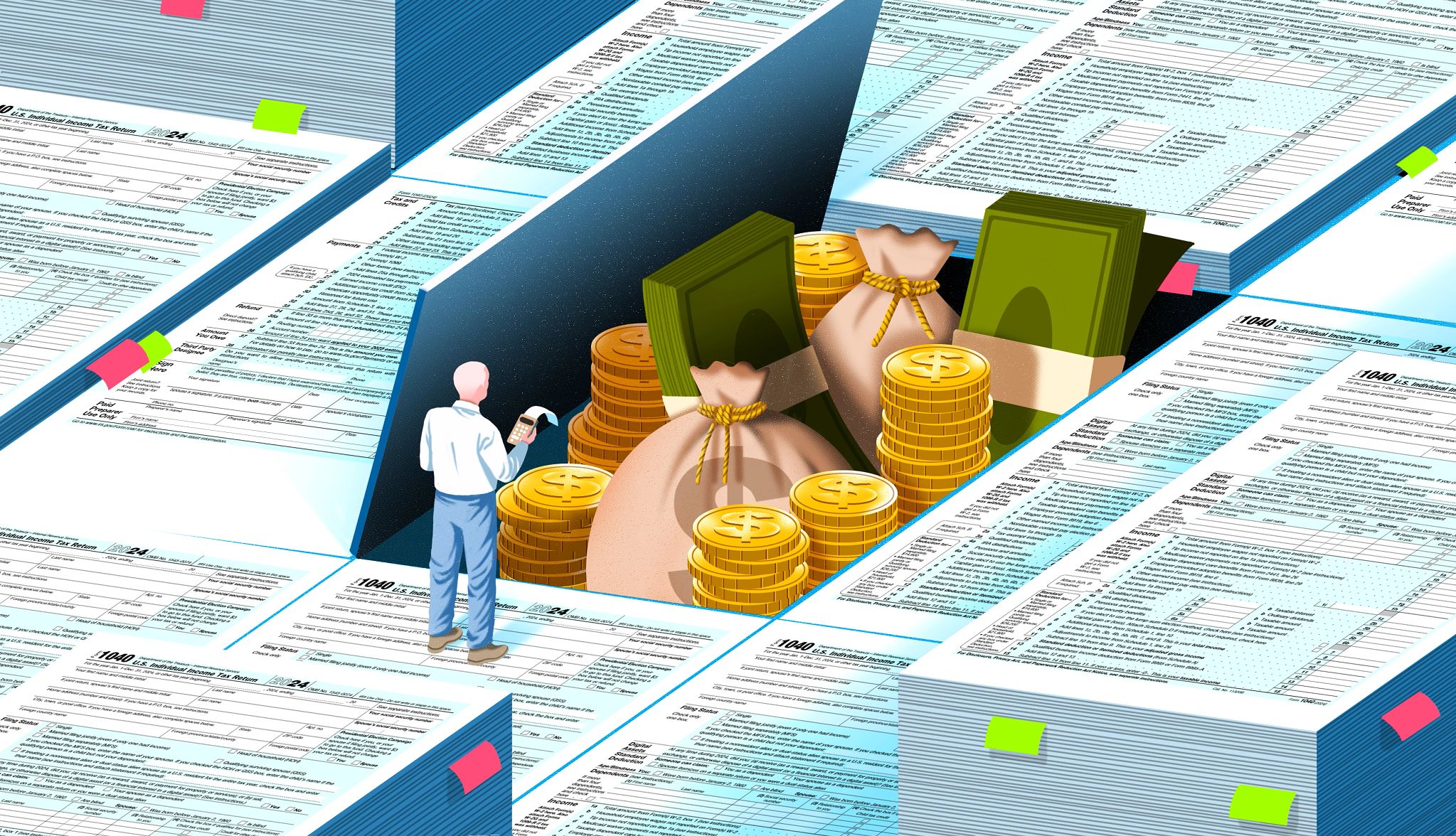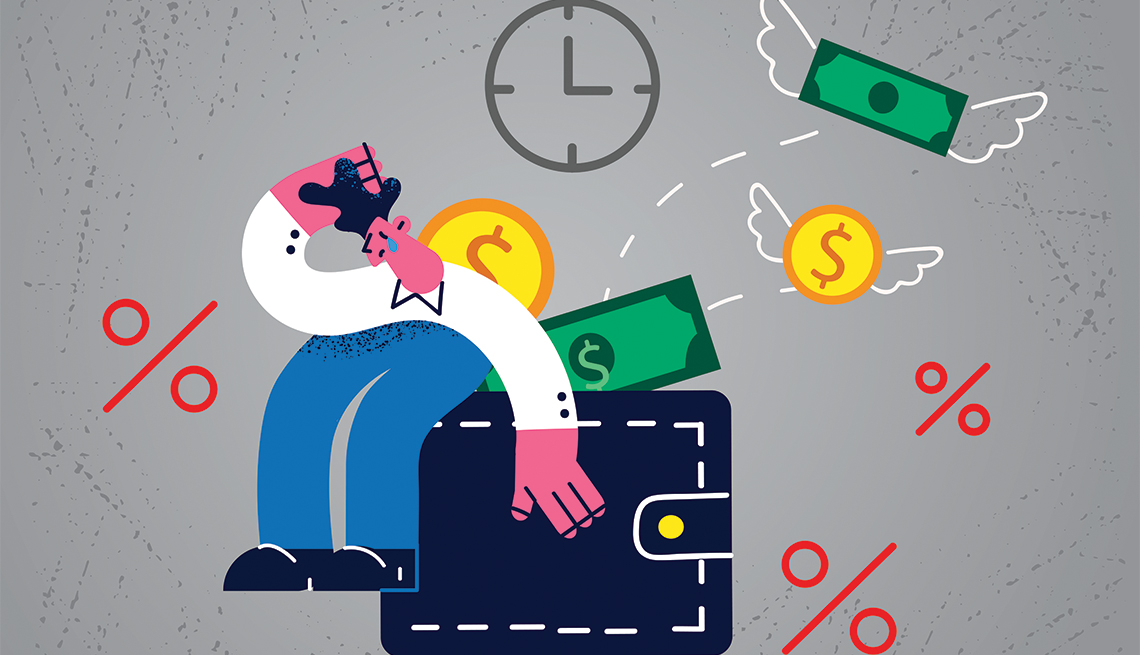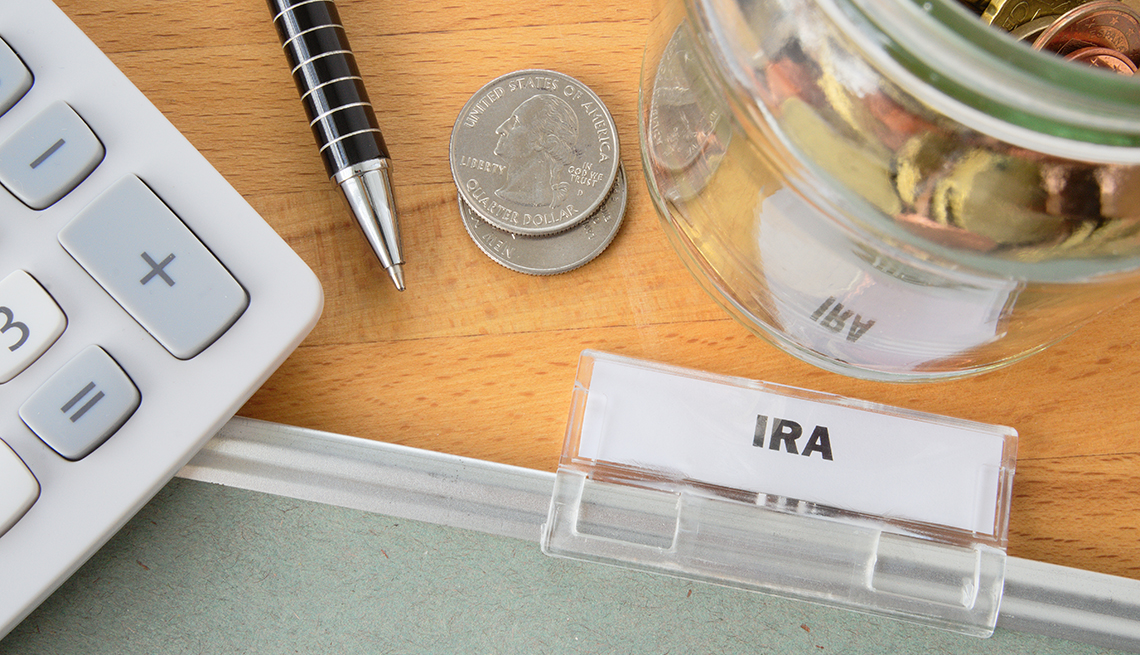AARP Hearing Center


Surely you wouldn’t leave $1,000 on the table. However, you might be doing just that if you qualify for the Retirement Savings Contribution Credit — known as the Saver’s Credit — but aren’t claiming it.
Only about half of U.S. workers are aware of the Saver’s Credit, which is available to millions of taxpayers who are saving for retirement, according to a new survey from Transamerica Center for Retirement Studies.
If you contributed to a retirement account, you might qualify for this little-known tax break that could save you money when you file your return.
How to qualify for the Saver’s Credit
The Saver’s Credit is available to low- to moderate-income workers who contribute to a qualified retirement plan, including a traditional or Roth IRA, 401(k), 403(b), 457(b), SIMPLE plan, SARSEP, 501(c)(18)(D) plan, and contributions made to an ABLE account for which you are the designated beneficiary. The credit can be applied on up to $2,000 in contributions for single filers, or $4,000 for married couples filing jointly. That means the maximum credit is $1,000 for single filers, or $2,000 for married couples filing jointly. Rollover contributions from an existing plan do not qualify for the credit.
To qualify for the credit in the 2024 tax year, adjusted gross income (AGI) can’t exceed $76,500 for married couples filing jointly, $57,375 for head of household filers and $38,250 for any other filing status. (Your AGI is the amount on line 11 of your 1040 form.) You can’t qualify for the Saver’s Credit if you are a full-time student or claimed as a dependent on someone else’s return.
As your AGI rises, the tax credit phases out:
Unlike a tax deduction, which reduces your taxable income, a tax credit reduces your taxes, dollar for dollar. So, if you owed $800 in federal income taxes and had a $700 credit, your tax bill would shrink to $100. The Saver’s Credit can reduce your tax bill to zero, but unlike some tax credits, it can’t turn a tax bill into a refund — meaning if you owed $500 and qualified for a $700 tax credit, your tax bill would be zero.
The IRS has an online tool to help you determine if you qualify for the Saver’s Credit.
Why it’s often overlooked
The Saver’s Credit is widely underutilized, tax experts say.
“So very few people claim it at the moment. It’s a little too complicated,” says Ida Rademacher, co-executive director of the Aspen Institute’s Financial Security Program. “But there’s still a real opportunity for households who are eligible for it and can afford to save, if they knew about it and would take advantage of it.”























































































More From AARP
6 Tax Breaks If You Have an Adult Dependent
Caring for a parent or other family member could cut your income tax bill
Where Is My 2024 Federal Tax Refund?
The IRS offers an online tool that will help you track your payment
6 Tax Breaks After 50 You Can't Afford to Miss
Uncle Sam offers a handful of perks to taxpayers of a certain age
Recommended for You